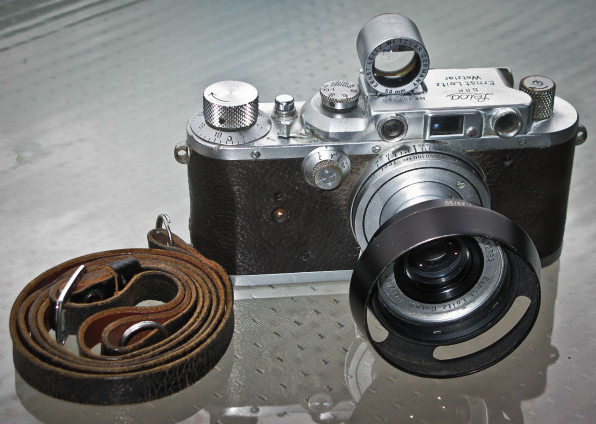
Fifty years ago I was a student walking back to my digs at Reading University in the UK on a wet, cold October afternoon. I stopped to look in the window of Whitby’s Camera Shop — one of three excellent photography stores in Reading at that time — and I saw a Leica IIIA for sale for £27.10s.¹
I had been a keen photographer for six years and had progressed from an Halina 35X to an East German-made Exa SLR which I had bought new for £12 in 1962. The Exa was made by the company responsible for the well regarded Exakta SLR. The Exa had an interchangeable lens and a waist-level look down viewfinder. It was very well made and had seen good service in my hands.
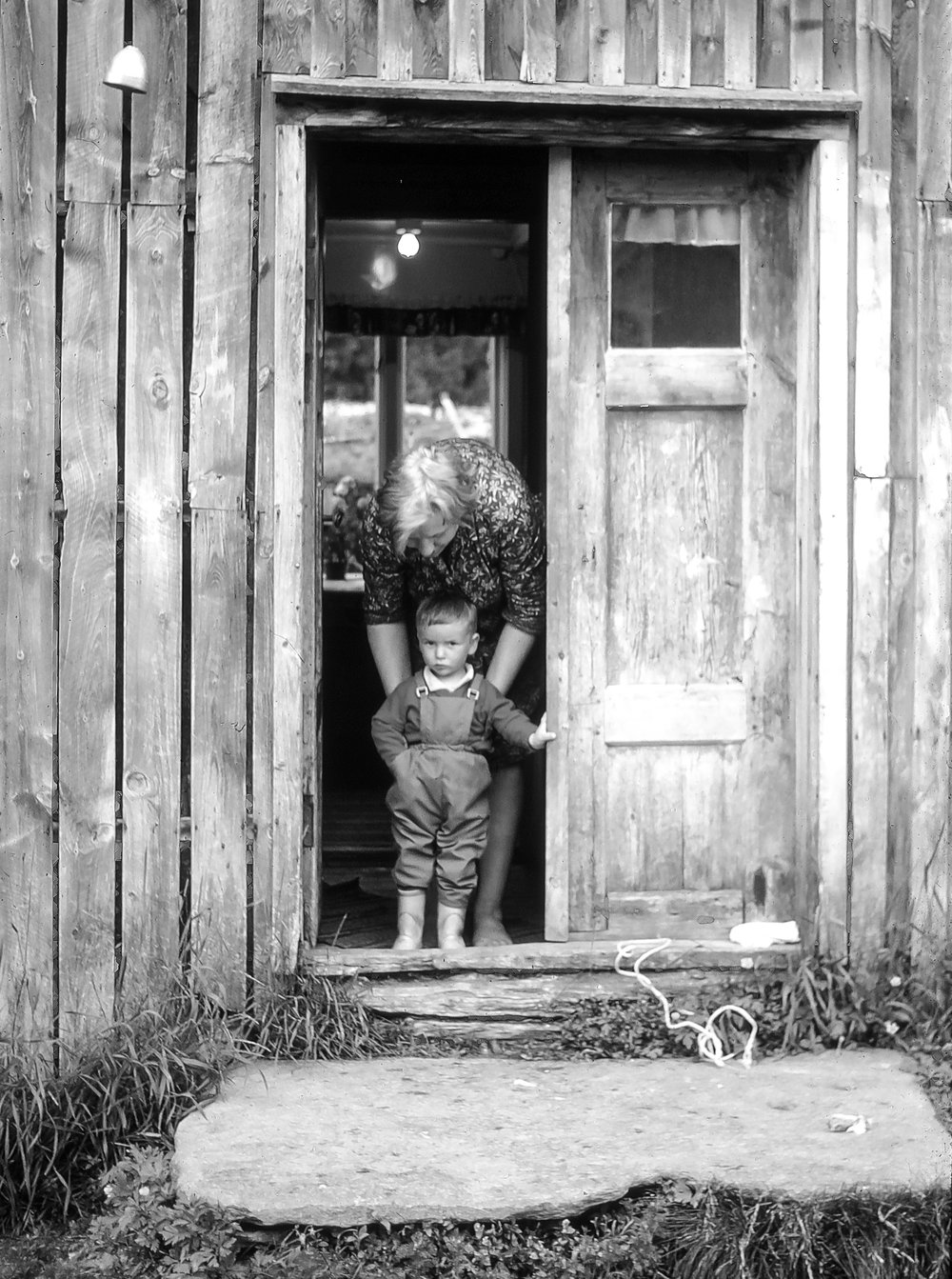
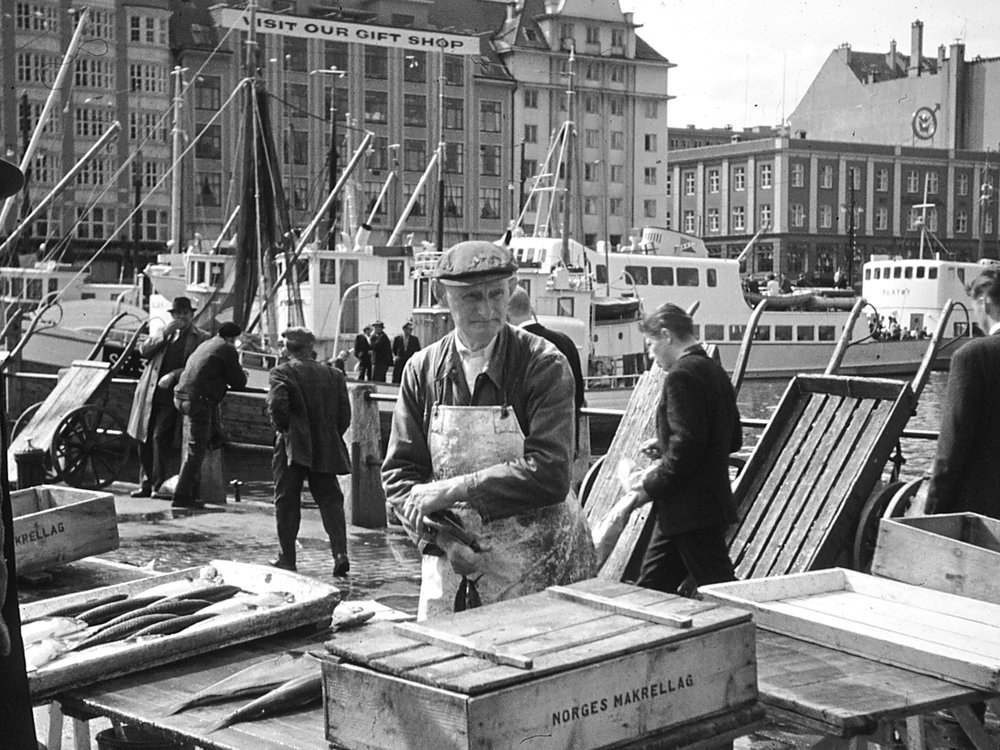
The next day I had done a deal — see receipt. The Leica was mine for just £17.10s after I had part exchanged the Exa.
The salesperson in the shop explained that he had taken the Leica in part exchange on an Asahi Pentax Spotmatic a few days earlier. At that time Japanese SLRs made by Canon, Nikon, Yashica, Topcon, Miranda, Konica, Minolta and Pentax were the hot items.
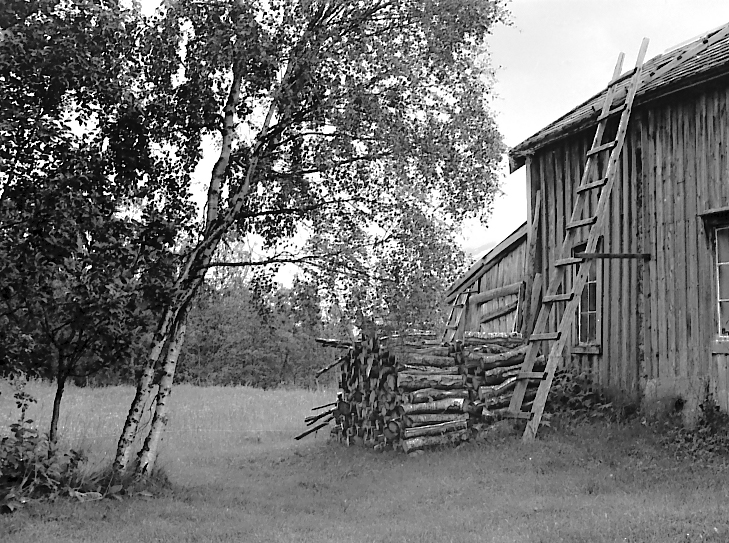
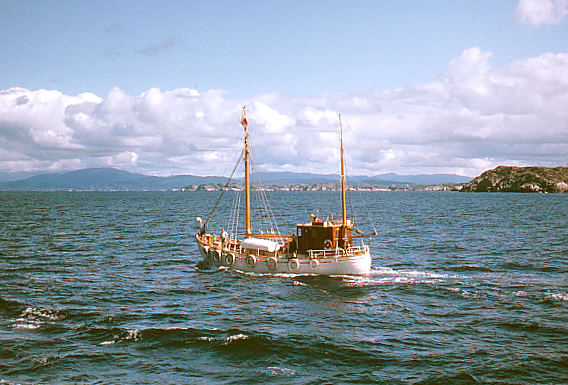
They were very well made with usually excellent optics and they were well priced. No wonder my Leica had been traded in. It had no built in exposure meter — not even an accessory meter — the rangefinder occupied a tiny window and was separate from the equally small viewfinder.
It was not even a combined viewfinder/rangefinder which first appeared in the M3 in 1954. The idea was that you did your focusing in the left-hand window and then moved to the tiny viewfinder to frame the scene. And the viewfinder was strictly for the 50mm standard lens. If you were fortunate enough to own other lenses of different focal lengths then you had separate viewfinders for them.
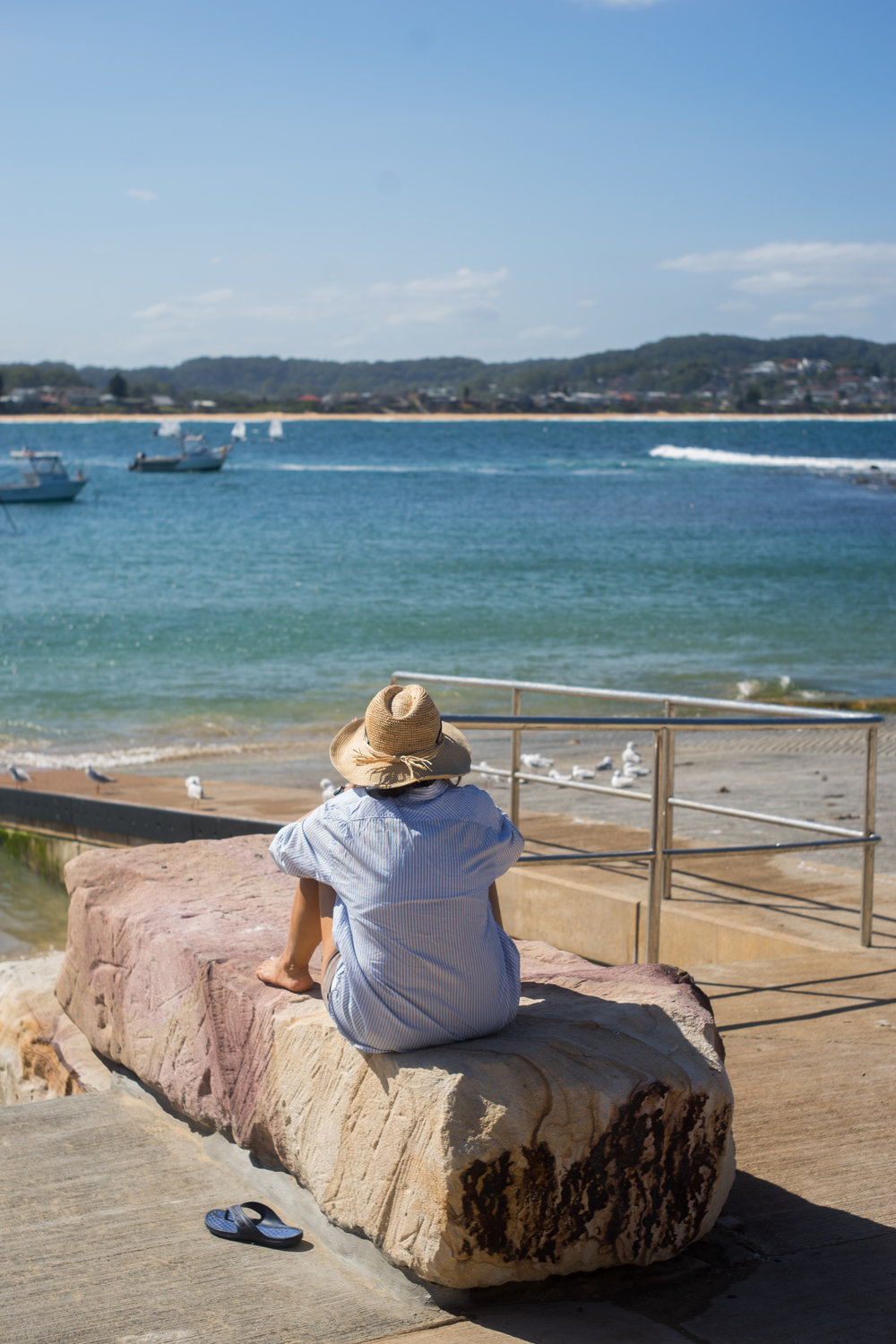
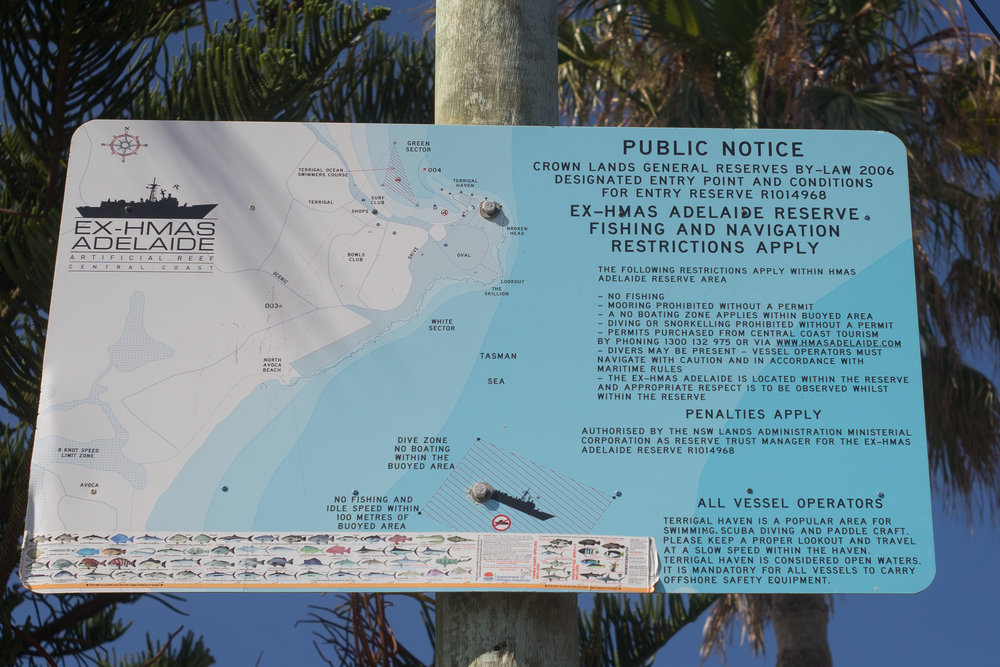
My Leica was a 1938 model —so it was already 28 years old when carried it from the Reading shop. The lens was a much newer 1958 collapsible f/2.8 50mm Elmar. The camera was very clean and it was a UK or US market model as the focus scales were Imperial — which is just as well since I rarely used the rangefinder, preferring mainly to focus by estimating the distance and setting the focus manually.
Because of this I tended to use smaller apertures to maximise the depth of field as a guard against focusing error. This was a pity as my photography at that time would have benefited from more wide-aperture shots but that’s how it was.
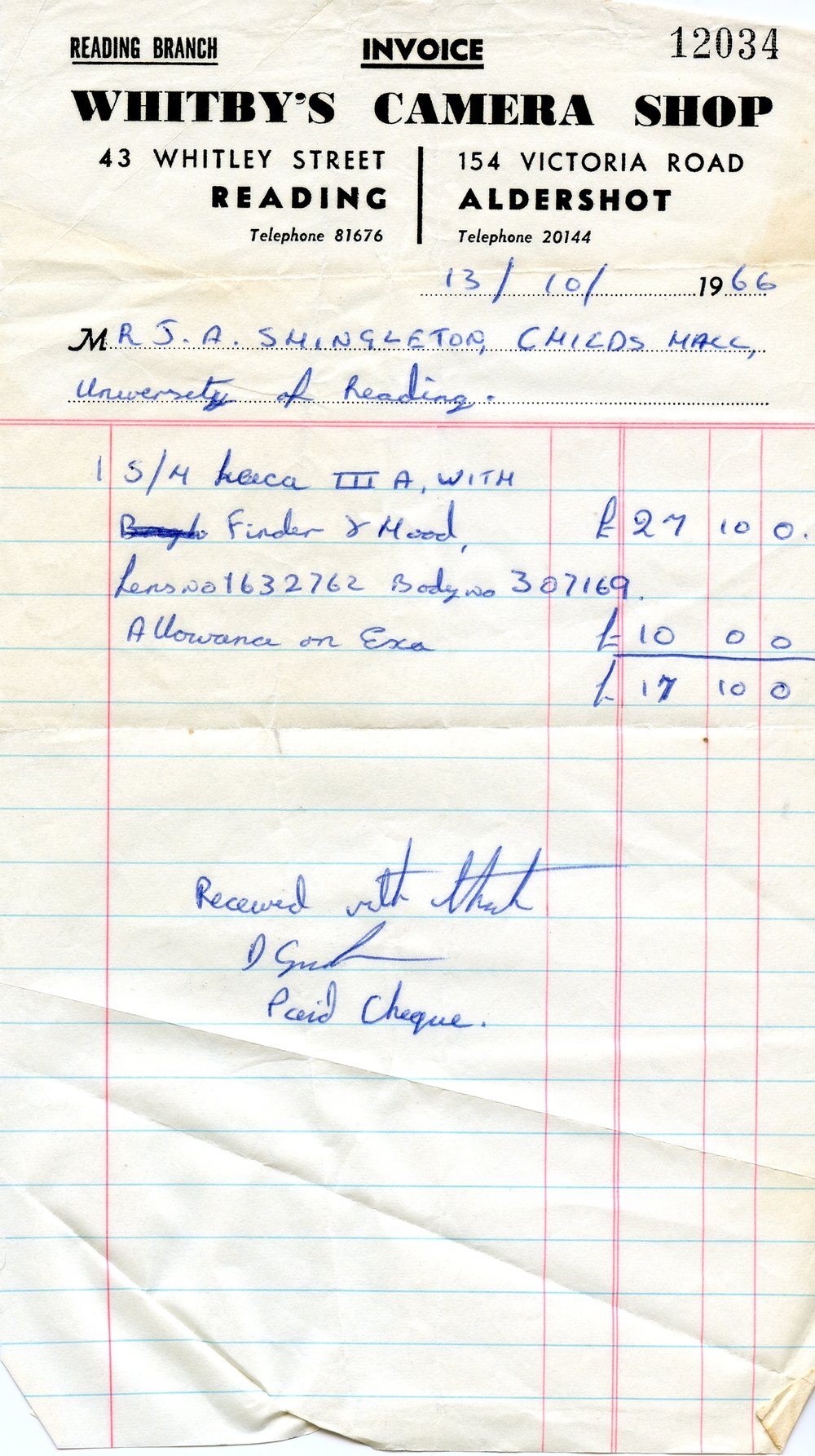
The Leica came with one very useful accessory — a recent Leica 50mm brightline viewfinder. This was a real gem and made the camera much more usable. Also included in the deal was a Leica lens hood, a Leica lens cap and a Leica strap.
I did so much with that camera despite its serious shortcomings. A year after I acquired it I took it on a university expedition to northern Norway and some of the photos from that wonderful time can be seen here.
Tempation
I was finally tempted to join the Japanese SLR movement in 1978 — I had emigrated to Australia the year before — when I bought an Olympus OM2 while on a trip to Singapore. In those days there were substantial duties on cameras imported into the UK and Australia/NZ so Singapore and Hong Kong were the duty-free shopper’s paradises. Now that is all over and the best bargains are to be had at home. Buying the Olympus in Singapore meant that I kept the Leica IIIA and amazingly I have kept it ever since — see photo —and the outfit is complete even down to the lens cap.
About five years ago I was tempted to give the old girl an outing for the sake of nostalgia. I dusted her down and bought a 36-exposure cassette of Ilford Delta 100 film. I have never finished it. After five frames I decided that working with the old Leica was just too much hard work. So it stayed on the shelf.
Then in 2015, while on eBay looking for an adapter to fit a Minolta lens to my unloved E-mount Sony a7, I saw that there was a Chinese-made adapter available to fit old Leica screw thread lenses onto Sony E-mount and it cost only A$22. I bought one and when it arrived I put it on the shelf next to the Leica and promptly forgot about it. I should explain that I outgrew my camera gearhead phase about 40 years ago and nowadays my primary — almost sole — interest in photography is in taking photographs. So I tend not to get excited about messing about with gear.
About three weeks ago, while looking for something else, I came across the adapter and as I was just about to go out for an afternoon walk I took the Elmar lens off the old Leica and fitted it to the Sony with the adapter.
Read photos
Now a gearhead would use the combination to take a series of photos of garden walls and bookcases at various apertures and would be able to provide a learned discourse on the performance of the venerable old lens. I just used it to take a few real photos and I was very surprised by the results. Old lenses have much less effective coating than modern glass and this often leads to lower-contrast photos. Additionally, surface scratches also reduce contrast.
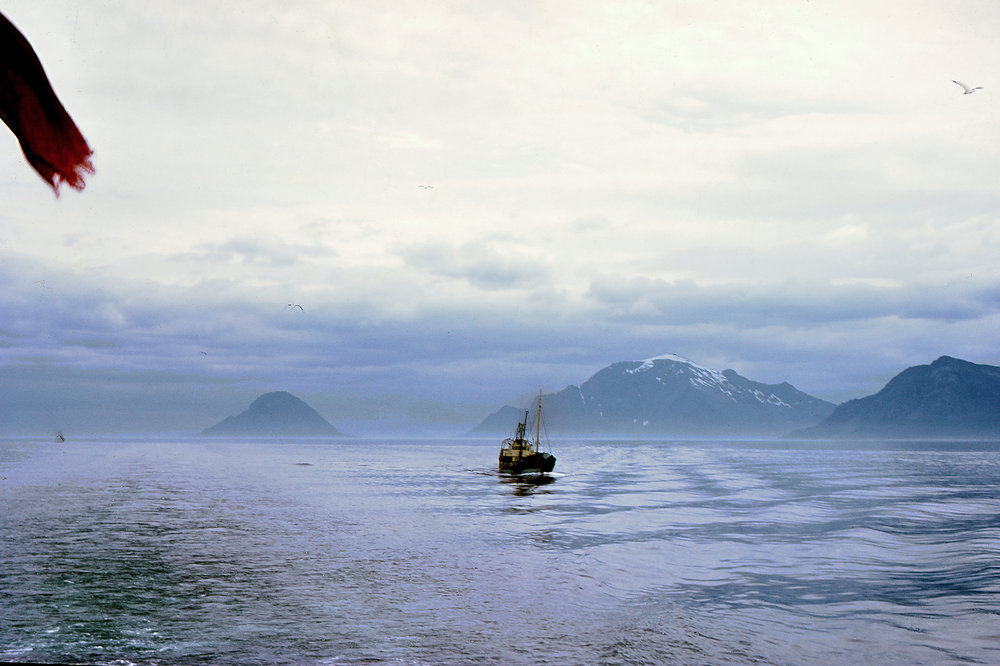
Surprisingly, despite my old lens having had had a hard life and I have never used a protective filter, the front element is very clean. The photo of the maritime advisory notice referring to the ex-HMAS Adelaide diving site was taken with the lens at f/2.8 and is very sharp. All the photos, to my mind at least, have a distinct Leica look. One benefit of using the lens on the Sony is that you can manually focus very accurately — something I was never able achieve with the old Leica.
What does this exercise prove? That a good old Leica lens can still perform. What am I going to do with this knowledge? Nothing. The lens and the adapter are resting peacefully on the shelf again. Now if you’ll excuse me I’m off to take a few shots with some modern gear.
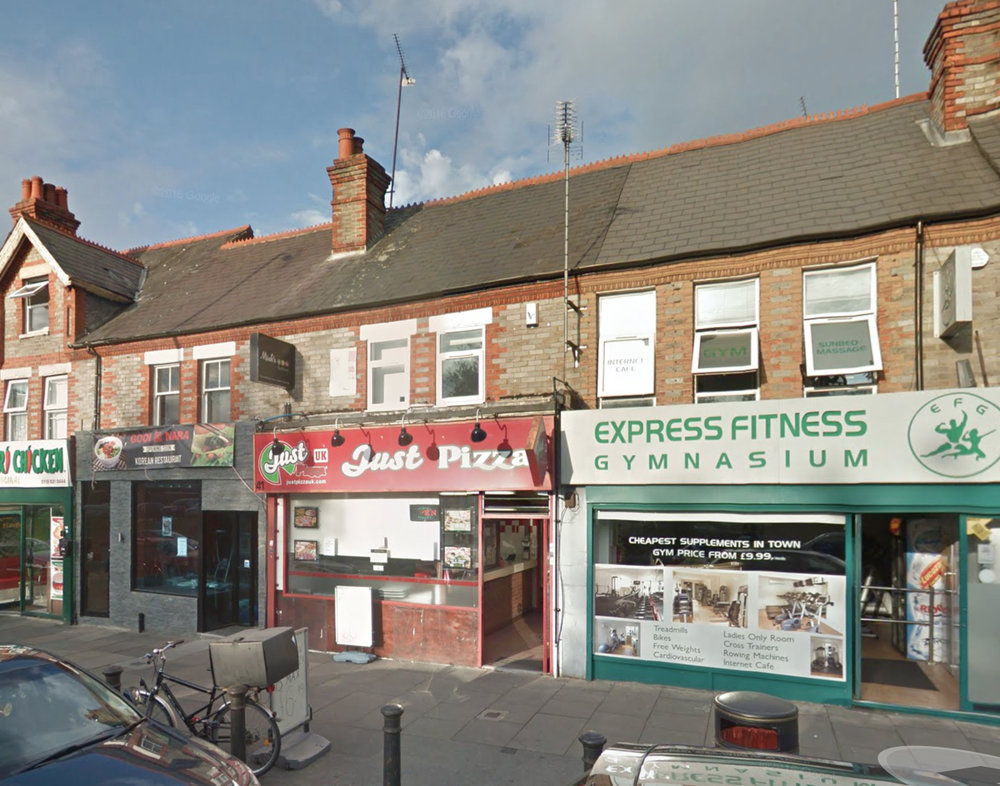
_______________
- Read more from John Shingleton at The Rolling Road
- Subscribe to Macfilos for free updates on articles as they are published. Read more here
- Want to make a comment on this article but having problems? Please read this
- £27 pounds and ten shillings (or £27.50) which is equivalent to around £480 in 2016 ↩︎
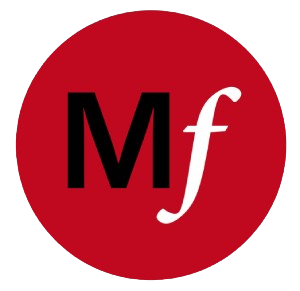
To both William and John: Let me give you both a shove in the direction of Hurtigruten (pronounced "Hoorteeruten" with the emphasis on "Hoor". But take their smallest ship – M/S Lofoten – it gets through some tight channels the others can’t manage. The crew is marvellously friendly and attentive and the shore trips are well-planned and graded for how demanding they are. My wife and I did the trip two years ago for her eightieth birthday, Bergen to Nordkapp out and back, because then we could do some shore excursions northward bound and others on the return journey. We weren’t troubled by night-time loading – it may have happened, but it certainly doesn’t figure in our memories. We live in Denmark, so it’s only a short hop to Bergen. It all felt far more homely than what I hear of large cruise ships, which I have never wanted to try.
The Leica C served me well – not least because of its "through window" mode – with occasional back-up from my V-lux1 for the really long shots.
John , I travelled on a Hurtigruten ship back in 1967 when I went on the expedition. I boarded it in Bergen and travelled upto Mo i Rana. One of the photos in the story was taken from the ship. It was a quite wonderful journey and I can still remember one point where we just fitted between two rocky outcrops. In those days it really was the lifeline for the ports up the coast and it loaded and unloaded everything from cars to coffins ( full ).
I took some great photos from the boat but over the years many of them have been lost or have become discoloured. If only I could have that time again with a LeicaQ……..
Thanks John. I would not be caught dead on a cruise ship. I suspect that I would become positively homicidal after a few days! We had planned to go to the far north end of the Hurtigruten route at Kirekenes via the North Cape by ferry and then fly back to Oslo. Arrangements got a little too complicated and that is why we backed out. We also read about cars being loaded noisily at night into the ferry which did not meet with the approval of my better half. Some day we will, hopefully, make the trip, but it needs a bit of planning, I would think. In Flam after we came down from Europe’s steepest scheduled rail service, we came across cruise ships which seemed as high as the surrounding mountains. Our fjord trip was on a small boat . It rained most of the time on the fjord trip which actually added to the photographic atmospherics, just as had happened when we visited Milford Sound in New Zealand in 2004.
William
Gentlemen , thank you for the kind comments re the Norwegian photos. I would like to go back to Norway and to revisit the remote valley in the far north where I did my thesis work but alas I fear that it will not happen.
William, I have googled Whitby’s camera store ( Google is as close as I have got to Reading for over 40 years) but it is not there in Reading or Aldershot however there is a Whitby’s photo store in Chichester so maybe a later branch has survived.
You missed a real treat not taking the coastal steamer. Back in 1967 it was very much a coastal ferry service but it was a real adventure. The fact that you tell me that it is still a ferry and not a cruise ship full of superannuated retirees makes me much more interested in taking it again.
Best wishes
John
Very interesting account to me, John, as I bought a IIIf (red dial, 1956) in top condition for GBP 400 (!) nearly two years ago. I admire the looks, love the feel, have the film but haven’t had the leisure to learn how to load it yet! Mine also has the 50mm Elmar and is clearly out of the same design cupboard as yours. I think your b&w photos from the IIIa are far and away the most pleasing, and that is the route I shall go down with my IIIf. (After all, there’s always the X1 for colour…………..)
Thanks John
Your photos from Norway almost 50 years ago are wonderful. I visited Norway for the first time just over 3 years ago and got some nice shots on my M240. We visited friends in Oslo and then went on to Bergen via the Flam railway and a boat trip on a fjord. We had planned to take the Hurtigruten boat and go further north but we sort of chickened out as it is a working ferry rather than a stand alone cruise ship and we returned to Dublin. We may return some day, though.
Your IIIa looks very well with its SBOOI finder and the LTM version of the f2.8 Elmar. I have a couple of copies of the f2.8 Elmar in M mount and I find it to be a very good lens. I bought one to go with a chrome M6 and then when I later got a chrome M5 it also came with that lens. You have to be careful with collapsing it on the M5 because of the ‘swinging lollipop’ exposure sensor. Likewise with digital cameras. Some people say you can collapse lenses on digital M cameras but I would not take the risk. The shot taken on the Sony looks very well. A fellow Leica enthusiast had a Sony A7 at the Wetzlar opening some years ago. I liked the size of it, but for a ‘second system’ I much prefer the traditional layout and handling of the Fuji models.
I am sure that the dealership in Reading ceased to exist long before the internet/digital age. It is wonderful to think that as a young student that you could walk into a local store and exchange an existing very good camera with some cash for a great camera that would last for 50 years. That is one of the things that young people do not get a chance to do very much in our ‘get the latest’ world today, but it
would be nice to think that some of them might pick up an old Leica or other make of camera and think that ‘this is something that might stay with me for the rest of life’.
Best Wishes
William